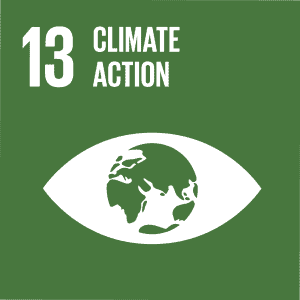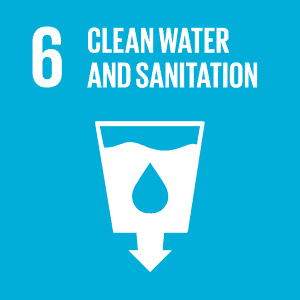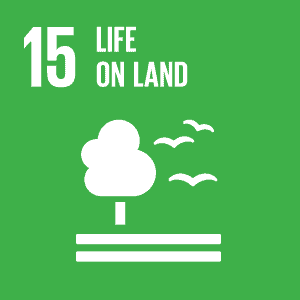Project Profile
Project Location
Rockford Township, ILProject Operator
Natural Land InstituteProject Type
PreservationProject Credits
3,854Credit Availability
AvailableProject Contact
Kerry Leigh, Executive Director, kleigh@naturalland.orgThe Kenney and Clay Additions to the Lind-McGeachie Preserve Preservation Project is a 48-acre Project Area on 56-acres of parcel additions that is part of a larger complex of protected lands in Rockford Township, IL. Natural Land Institute preserved the forest, creating substantial conservation and community benefits including carbon sequestration, wildlife habitat and open space protection. The surrounding land is facing a continued threat of urban expansion from the City of Rockford.
The Project has dry-mesic upland oak-hickory forest consisting of shagbark hickory, ironwood, and various oak species, while the wet-mesic floodplain forest is predominantly maple, hackberry, green ash, burr oak, and American elm. The property is zoned Agriculture; preservation of the Project is important as urban wooded lands are becoming increasingly fragmented and rare in Winnebago County due to urban development pressures and agricultural development. The Natural Land Institute plans to protect the Project area in perpetuity, generating community health benefits, preserving bird and wildlife habitat, and expanding open space recreation opportunities for underserved communities.
This project is part of the Chicago Region Carbon Program (CRCP) and complements other tree planting and preservation projects in the seven-metro counties supervised by the Chicago Region Trees Initiative. Projects in the 2023 CRCP cohort include:
Co-Benefits
Forest preservation projects not only reduce carbon dioxide from the atmosphere, but provide ecosystem services or co-benefits that can be quantified. The co-benefits from this project represent a savings (avoided costs) of $107,382 per year, and $4,295,288 over 40 years.
- Rain interception (stormwater management) – 11,605 m3/year, $83,089 per year
- Air quality – 0.4857 t/yr, $731 per year
- Energy – cooling (electricity) – 91,353 kWh/year, $6,934 per year
- Energy – heating (natural gas) – 1,708,137 kBtu/year, $23,562 per year
Social Impacts
The 17 United Nations Sustainable Development Goals (SDGs) are an urgent call for action and global partnership among all countries, representing key benchmarks for creating a better world and environment for everyone. Well-designed and managed urban forests make significant contributions to the environmental sustainability, economic viability and livability of cities.
The main SDGs for this project are described below, with more detailed information in the Project Design Document.

Preservation of this forest will provide ecosystem services, allow for the continuation of community workdays and trainings, and improve infiltration rates within the surrounding floodplain.

The project is near an area that has suffered degradation under modern agricultural uses, and its preservation will help clean runoff as it infiltrates into the water supply aquifers.
 This project enhances wildlife habitat for pollinators, birds, and many other species. The project area lies within a larger complex of protected areas within the region, supporting the connectivity that is critical for wildlife.
This project enhances wildlife habitat for pollinators, birds, and many other species. The project area lies within a larger complex of protected areas within the region, supporting the connectivity that is critical for wildlife.
Total Credits Issued: 3,854
- 2024: 3,854 credits issued
Total Credits Sold: 0
Total Credits Retired: 0
Total Credits Cancelled: 0
Total Credits Available for Purchase: 3,854
